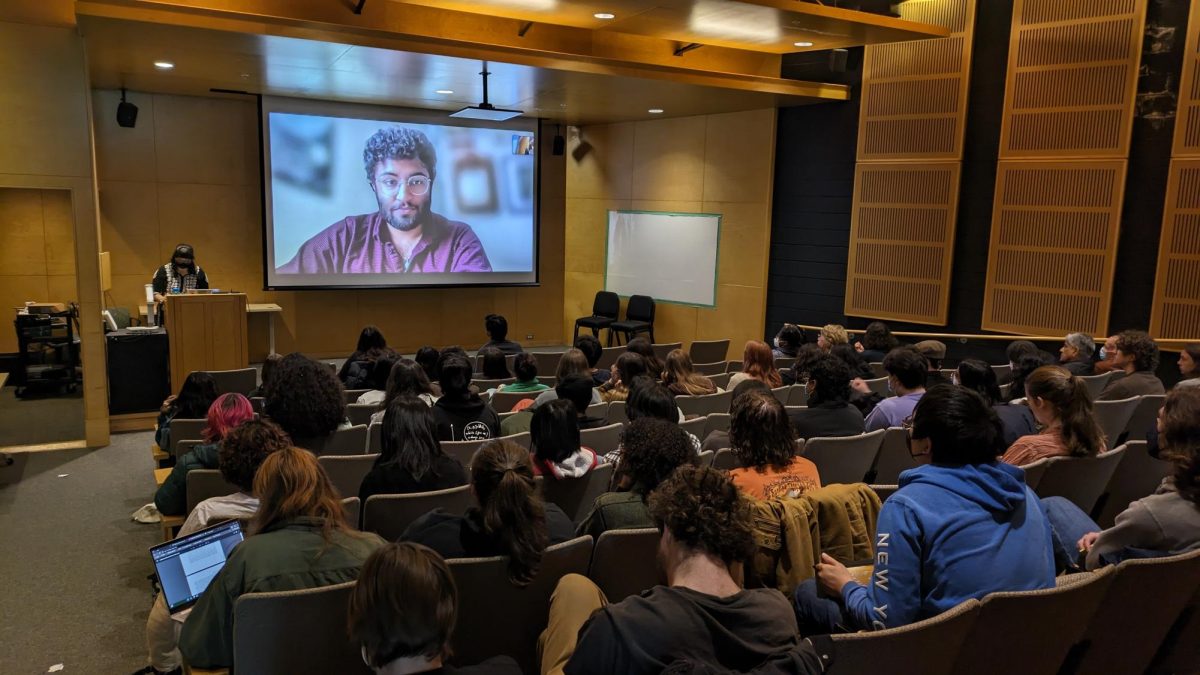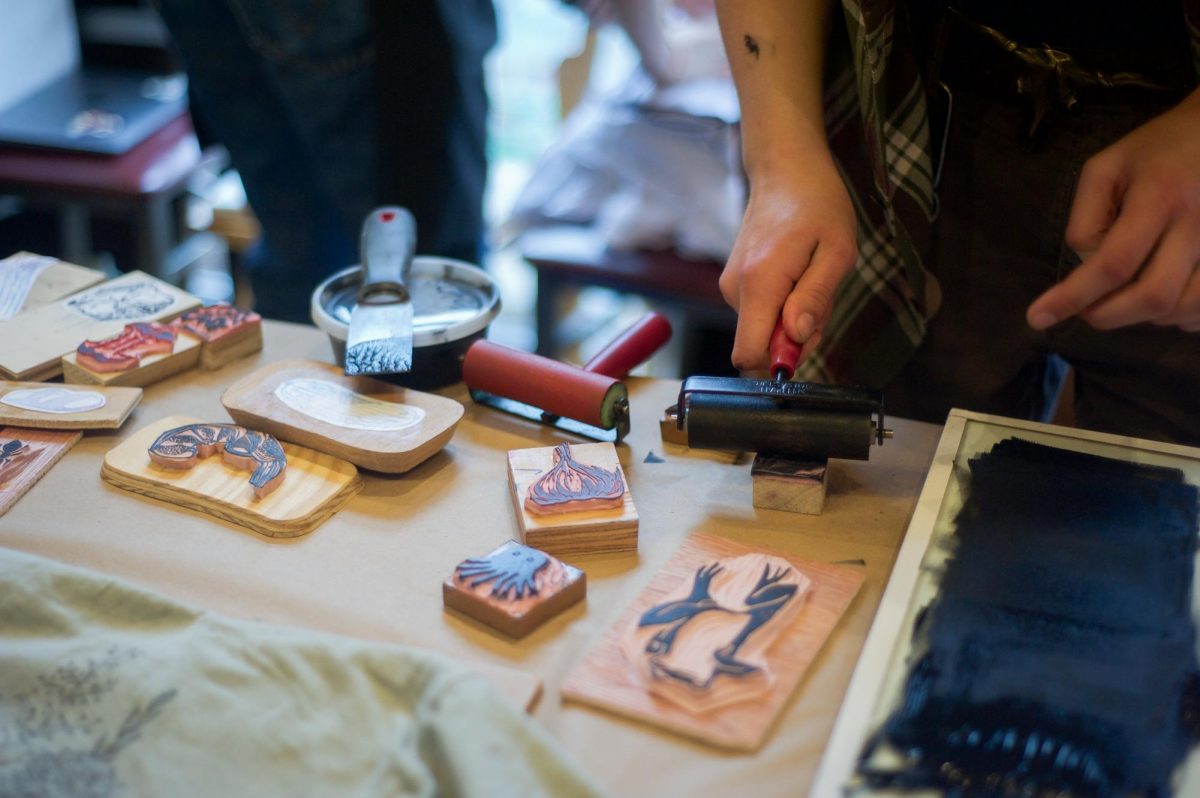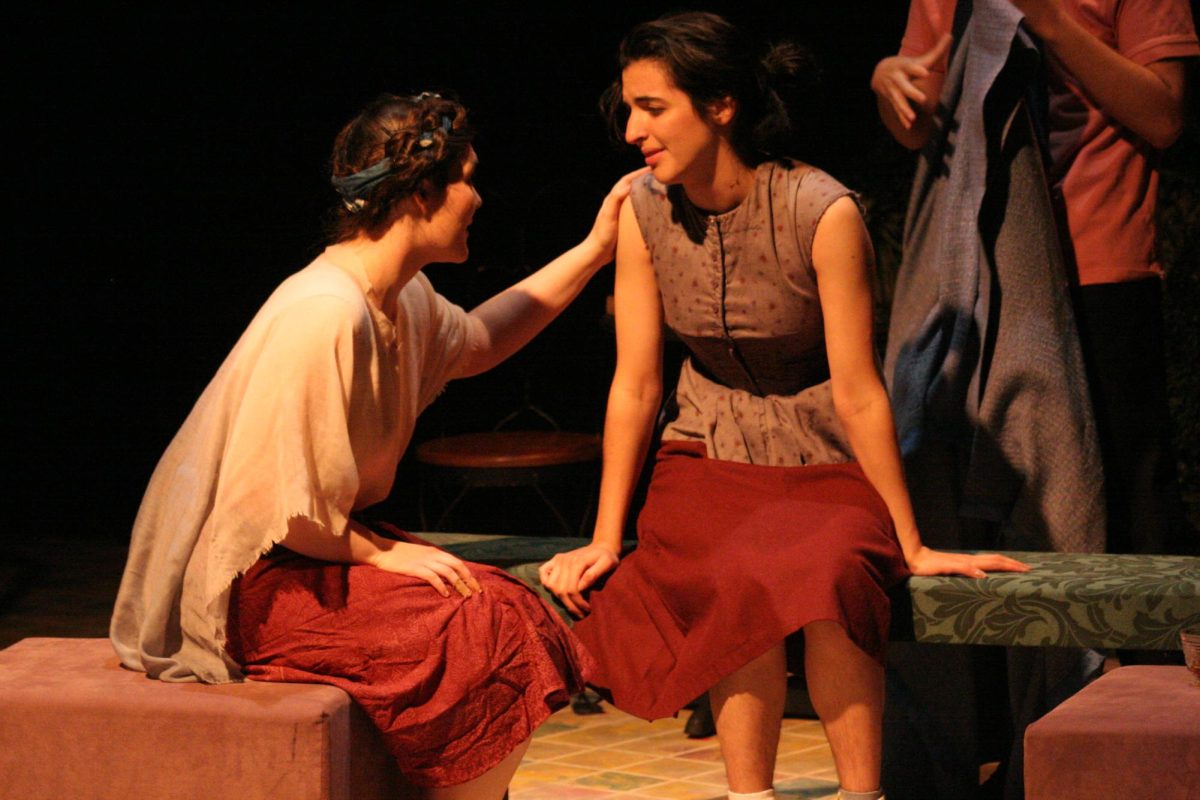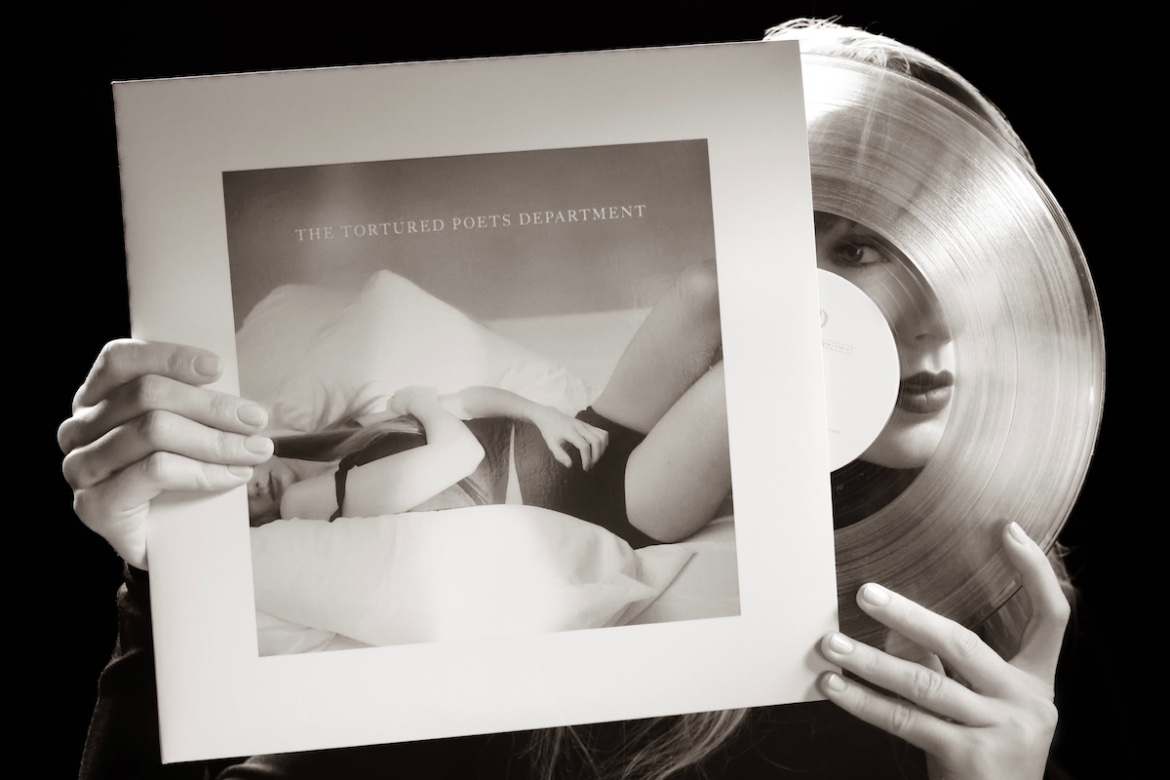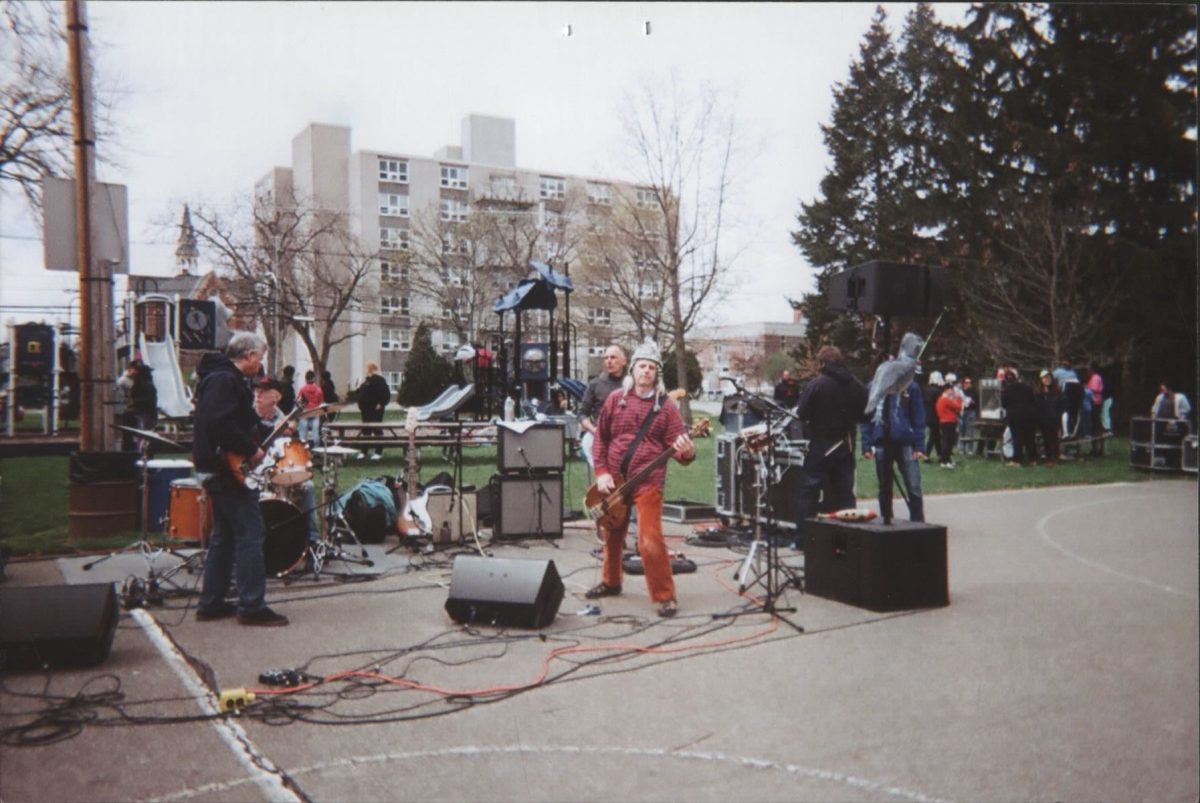Editorial: Athletes vs. Mathletes
March 16, 2012
Is it just me, or do all athletes at Oberlin seem to be science majors?
As a Biology major and athlete, this is a question that has bothered me since I began noticing that many of the people lugging Orgo textbooks through the Science Center Atrium were also lugging bags of ice from Philips Gym to Stevie after practice.
But is this because I more easily recognize faces that I also see at the gym during 7 a.m. lifts and ice baths in the training room? Is it because my lacrosse team of 18 people has 11 science majors on it? Is it because most of my friends that aren’t varsity athletes happen to be majoring in English or Politics?
I decided to use my newly-acquired Sports Editor powers to test my observation by sending a survey to all Oberlin College varsity athletes, asking for their sports, majors and if they thought there was a relationship between playing a sport at Oberlin and major choice.
Twenty-eight percent of around 350 of varsity athletes responded. After sorting data, I found that 53.8 percent of the athletes polled had at least one natural sciences and mathematics major, 22.0 percent had at least one arts and humanities major, and 33.0 percent had at least one social and behavioral sciences major. I also split the data to rule out gender as a lurking variable (dispelling the myth that girls don’t like science, maybe?). I found that out of the female athletes polled, 57.4 percent had at least one natural sciences and mathematics major, 25.5 percent had at least one arts and humanities major, and 29.8 percent had at least one social and behavioral sciences major. Out of the male athletes polled, 51.4 percent had at least one natural sciences and mathematics major, 16.2 percent had at least one arts and humanities major, and 37.8 percent had at least one social and behavioral sciences major. Unfortunately, I was unable to find comparable data for Oberlin College as a whole, so I cannot say that these numbers are statistically significant.
Still, it is interesting that more than half of athletes polled — regardless of gender — are majoring in at least one natural sciences and mathematics, especially considering the feedback I received in the comments section of the survey.
Out of the people who chose to answer if they thought there was a connection, the majority — 63 percent — indicated they thought that major choice and being a varsity athlete were not connected in any way. A creative writing major noted, “I believe that the dedication and diligence involved in running is related to the way I treat my major and writing. But I see no correlation between my major, or any other, and a specific sport.” Some respondents refused to even entertain the notion that their academic pursuits and athletic participation could be related and appeared somewhat defensive in their comments.
Others did find a correlation between the two, and offered possible explanations for their observations. “Athletes are more goal oriented, and often choose majors that focus on clearly defined results and answers, such as the sciences and math, rather than English and CAST,” one athlete responded.
Some people thought that the trend could have to do with a more competitive mentality or wanting a greater understanding of how the body works after an injury. Another thing to consider is why people who play sports come to Oberlin — on a Laxpower.com forum, a user noted that it is difficult to recruit athletes here because Oberlin “draws a unique breed.” I would argue that many athletes choose Oberlin because of the obvious academic benefits, like non-athletes, in addition to having the opportunity to participate in athletics, where at other schools they may have been resigned to a third-string position or a club team.
One might also wonder if there is a connection due to the proximity of the Science Center and Philips Gym. While I don’t necessarily think that that the jokes about athletes being too lazy to walk further than the Science Center after their practices are true, I think this connection may have some merit. Athletes and science majors are more likely to live on North Campus, where the Science Center and Philips are more accessible. As one respondent commented, “First-year athletes are influenced by the greater presence of science majors around them; they are more inclined to try a science class and later, become science majors.” Another noted, “It definitely informs who your peers are, and if they are predominately one major, it could sway a person.”
I collected all of this information hoping to come to a definite conclusion about why student-athletes seem disproportionately represented in the sciences at Oberlin. The numbers show that there is some sort of link, and while I have realized it is impossible to say exactly what it is, I think I can refute one student-athlete’s response that “athletes tend to major in the least time-consuming subjects.”





